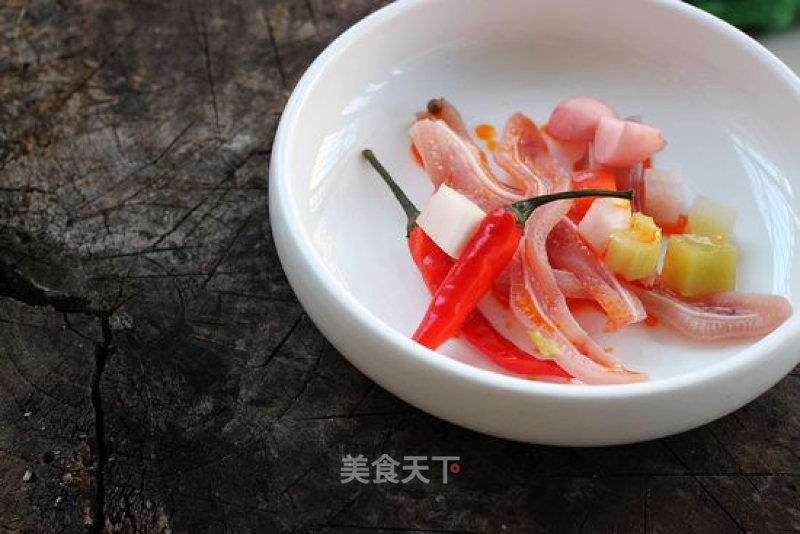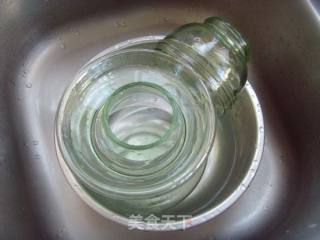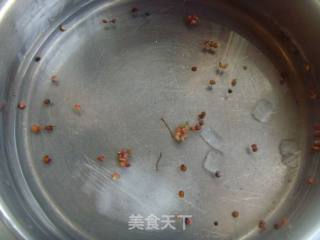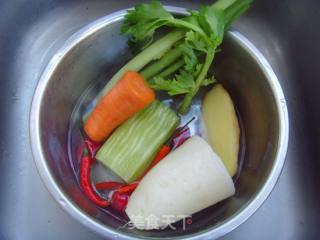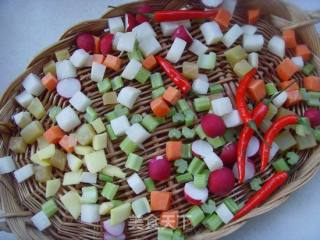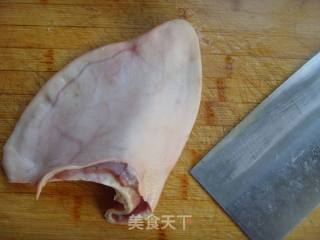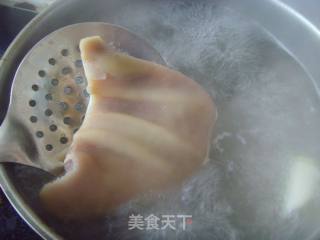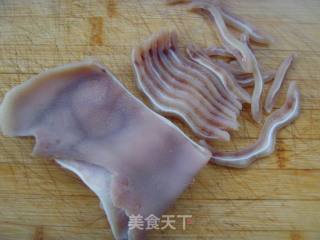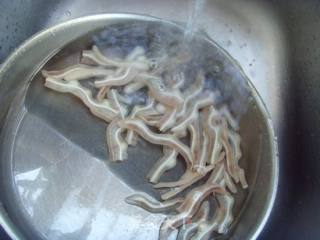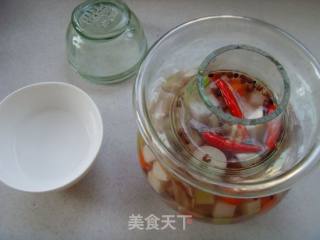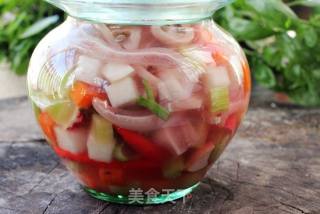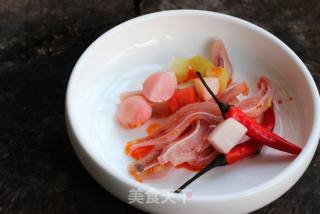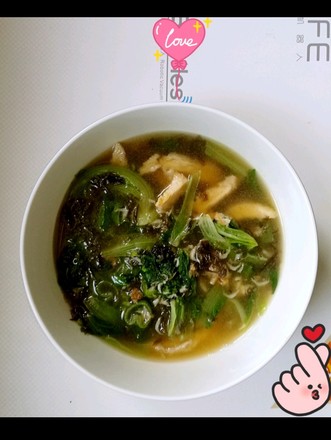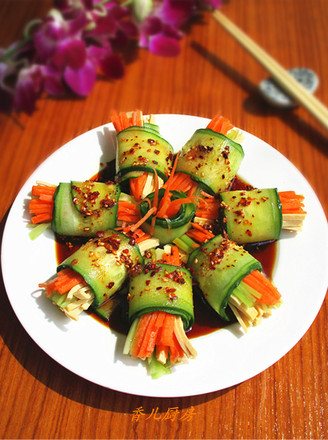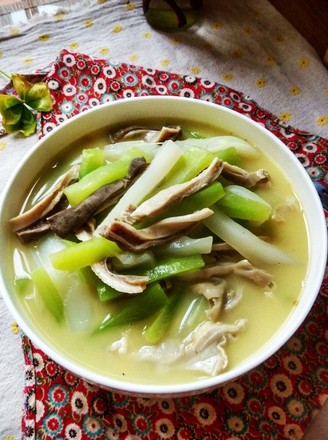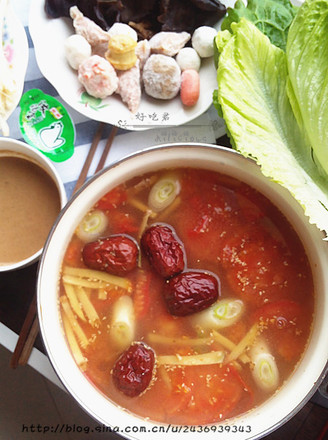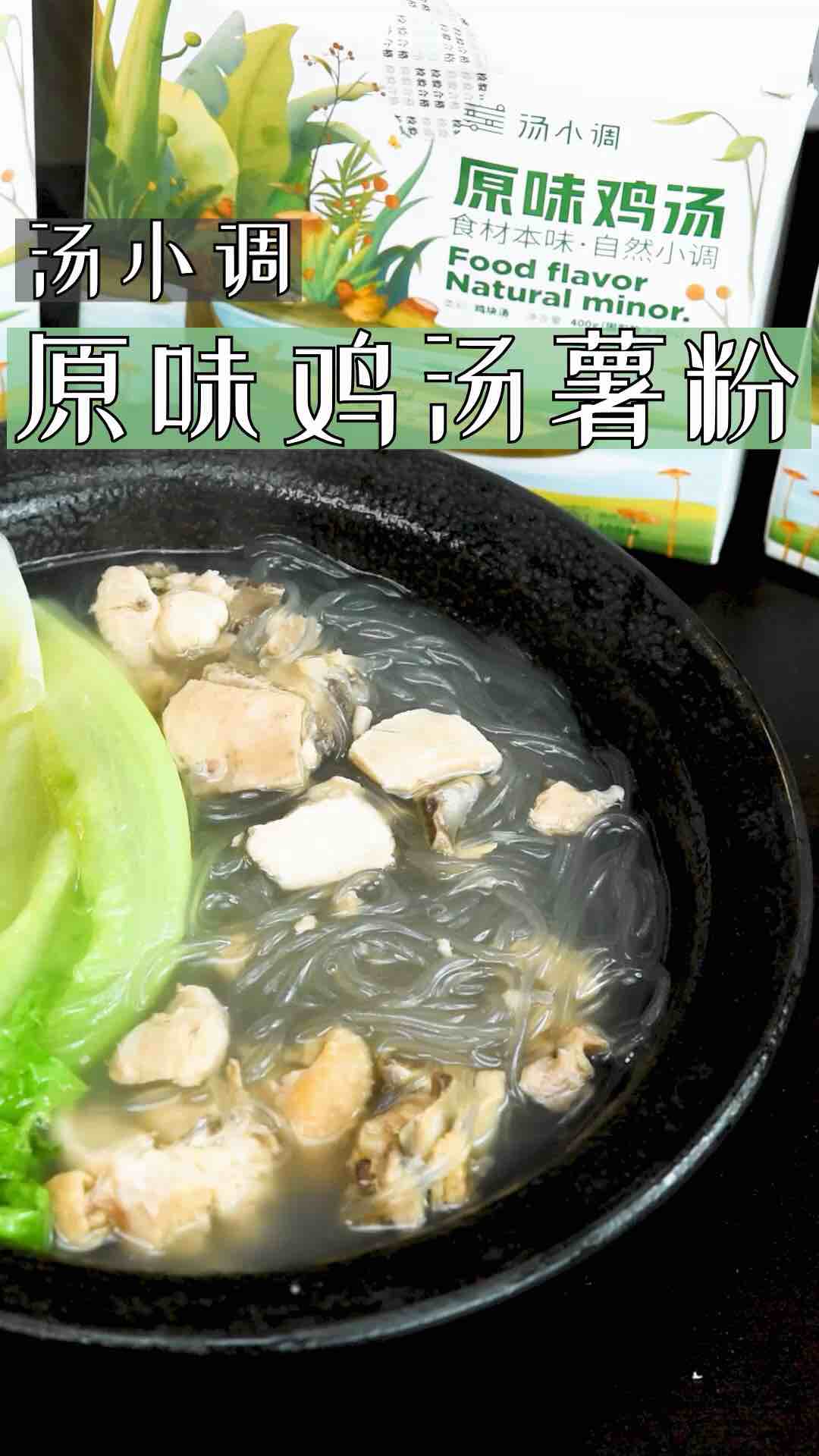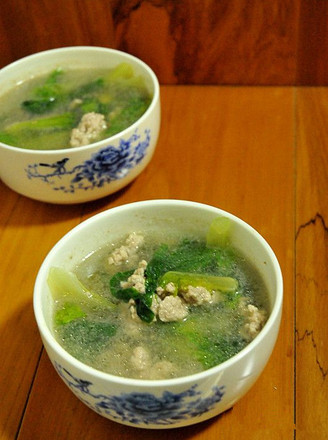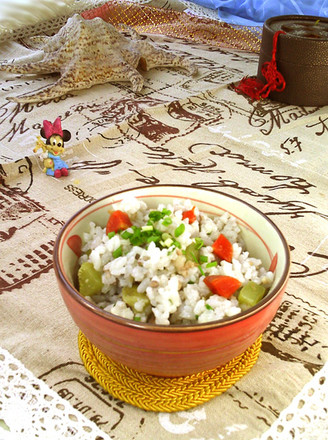Crisp and Delicious---diving Kimchi
by kiss war girl
Favorite
Difficulty
Hard
Time
2h
Serving
2
Sichuanese kimchi can be roughly divided into two types: old brine kimchi and diving kimchi. Among them, diving kimchi is the easiest to make. It is usually eaten the next day after soaking. Chengdu people also call this type of kimchi "bath kimchi".
Diving kimchi belongs to the small freshness in kimchi, crispy and raw, sweet and refreshing. The content of the soak varies according to the season. Aberdeen ginger, cucumber, chili, cabbage, lettuce, radish, cabbage... all fragments of vegetables can become the protagonist of kimchi. But for people with heavy taste, it may not taste as mellow as the old salted kimchi, so when eating, you can also add some red oil spicy pepper to mix it for a bit more refreshing and more meal. "
Diving kimchi belongs to the small freshness in kimchi, crispy and raw, sweet and refreshing. The content of the soak varies according to the season. Aberdeen ginger, cucumber, chili, cabbage, lettuce, radish, cabbage... all fragments of vegetables can become the protagonist of kimchi. But for people with heavy taste, it may not taste as mellow as the old salted kimchi, so when eating, you can also add some red oil spicy pepper to mix it for a bit more refreshing and more meal. "

